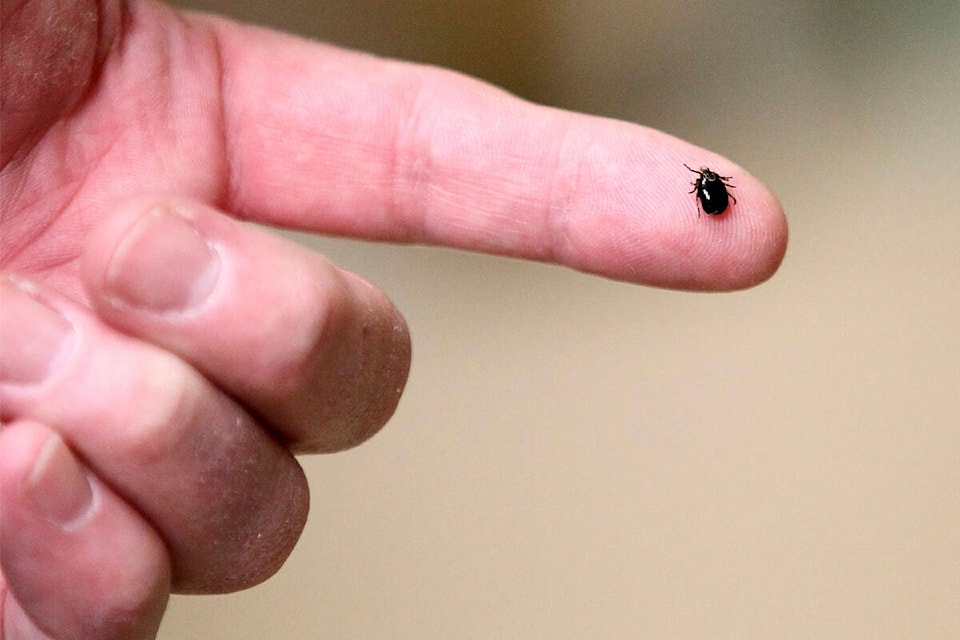Microbiologists are on the lookout for Lyme disease in Alberta ticks.
An Alberta Health Services statement said Alberta Precision Laboratories (APL) screens hundreds of ticks each year through Alberta’s Submit-a-Tick Program, which relies on voluntary submissions of ticks.
The surveillance program helps monitor the types and distribution of ticks in Alberta, and assesses the risk of acquiring Lyme disease.
“Ticks infected with Lyme disease are not yet shown to be common in Alberta and the human cases detected have been acquired outside of the province,” said Kinga Kowalewska-Grochowska, a medical microbiologist with APL’s Provincial Laboratory for Public Health, and associate professor in the Department of Medical Microbiology and Immunology at the University of Alberta.
“We screen for ticks year-round, and we test select tick species for Lyme disease, which are mostly collected off companion animals and from the environment, but rarely from humans.”
Dr. Kevin Fonseca, a clinical virologist with APL and adjunct associate professor at the University of Calgary, said there is a small chance of being exposed to Lyme disease if bitten by an infected tick.
“Lyme disease is a serious illness; however, it can be successfully treated,” Fonseca said.
AHS said between 1991 and 2020, 132 human cases of Lyme disease were reported to Alberta Health. All were reported as having been acquired while travelling outside of the province.
AHS said most tick species in Alberta do not carry the bacteria that can cause Lyme disease in people. However, tick species capable of carrying the bacteria are expanding their range in Canada.
Since the surveillance program began, there’s been a steady increase in the number of ticks submitted by people in Alberta, but the proportion of ticks testing positive for the Lyme disease bacteria has not increased, AHS said.
All tick submissions must first be screened by submitting a photograph of the tick using the eTick app or through the eTick website. Only ticks that have been requested to be submitted following photo identification will be accepted for testing.
AHS said submitting a tick to the lab is optional and encouraged. Collection, shipping instructions, drop off locations and mailing address are provided on the Tick Testing Request form.
Albertans who are concerned about a tick bite should see a health-care provider and should consult a veterinarian about tick bites to pets.
For information on how to remove a tick safely, and for tick surveillance results visit www.alberta.ca/lyme-disease-tick-surveillance.aspx#jumplinks-2.
